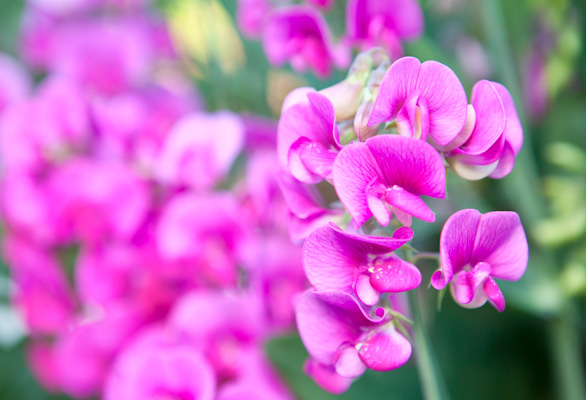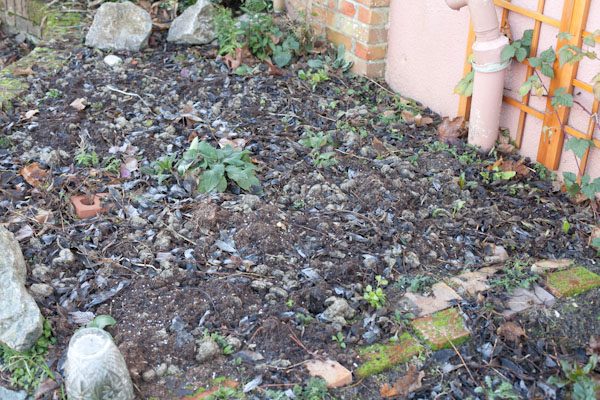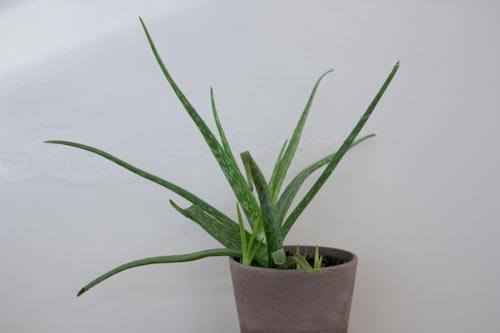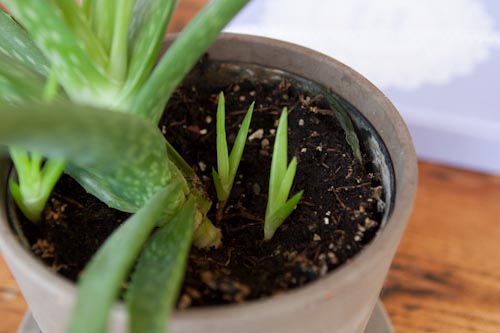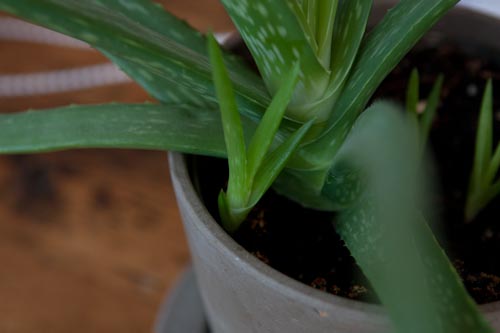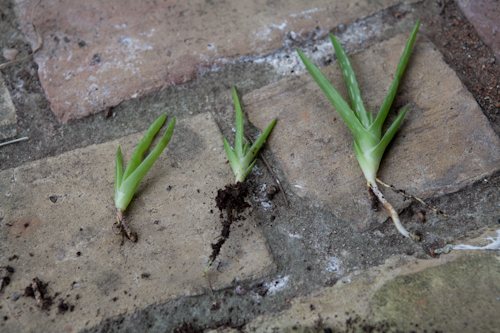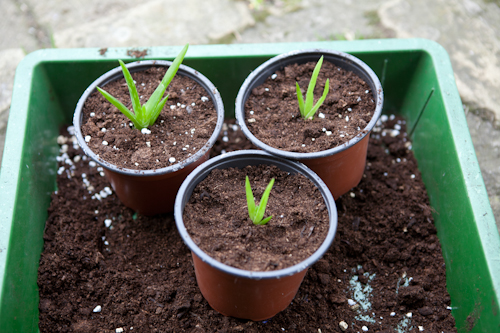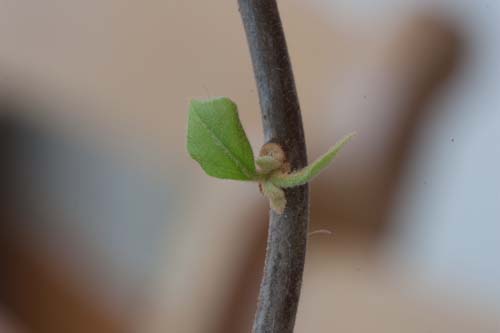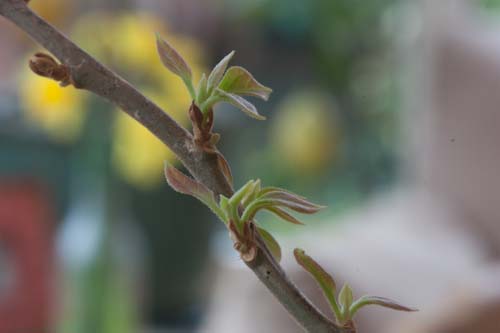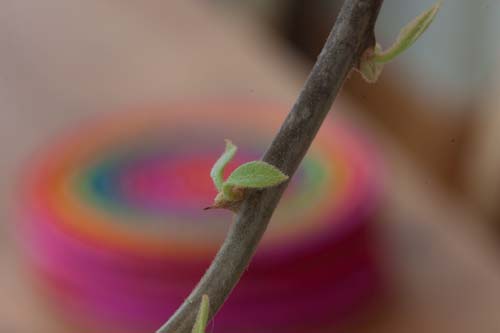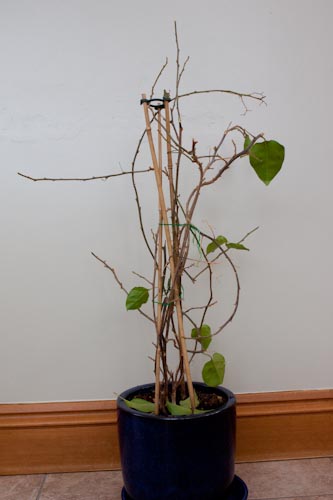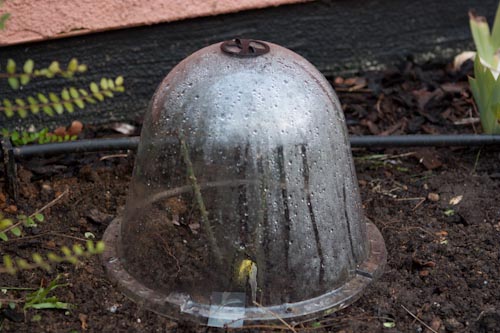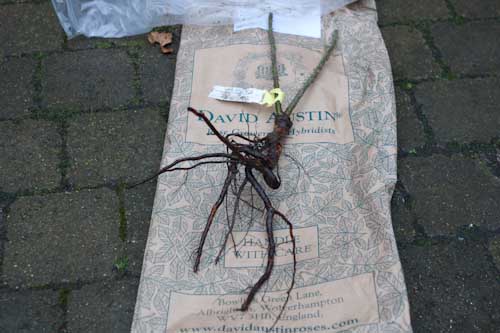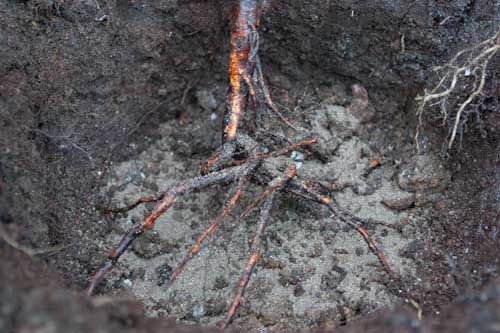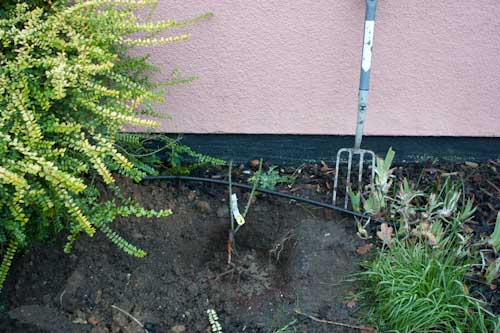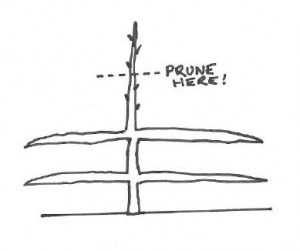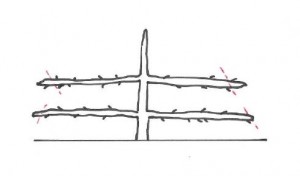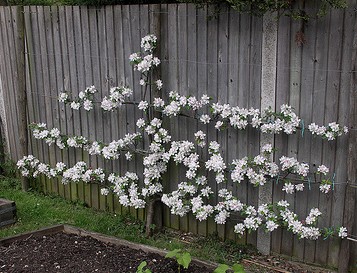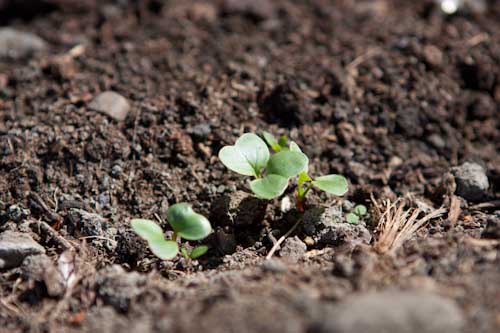After moving house a couple of years ago we were reluctant to build a full on vegetable garden straight away until we had lived in the place a bit and gotten used to the micro climate of the property.
We are in a hilly area (for SE England) so get lots of high winds. Also the garden slopes down to the North which isn’t the best for growing. Despite that we are in an elevated position so get reasonable amounts of direct sun. The sandy soil means we need to water a fair bit which should be a bit easier since we got the tap installed next to the beds.
Last year we had just two beds as an experiment and had great success growing all sorts of vegetables including spinach, beetroot, lettuce, leeks, potatoes and tomatoes. Once we were comfortable that the beds were in the right place int he garden we finally decided to bite the bullets and build another 3, taking the total number of beds to 5.
Unfortunately for me the layout we chose meant I had to move the two existing beds away from the hedge slightly so a busy afternoon off work was required to build the 3 new beds and get all 5 in the desired place! Here is the result:
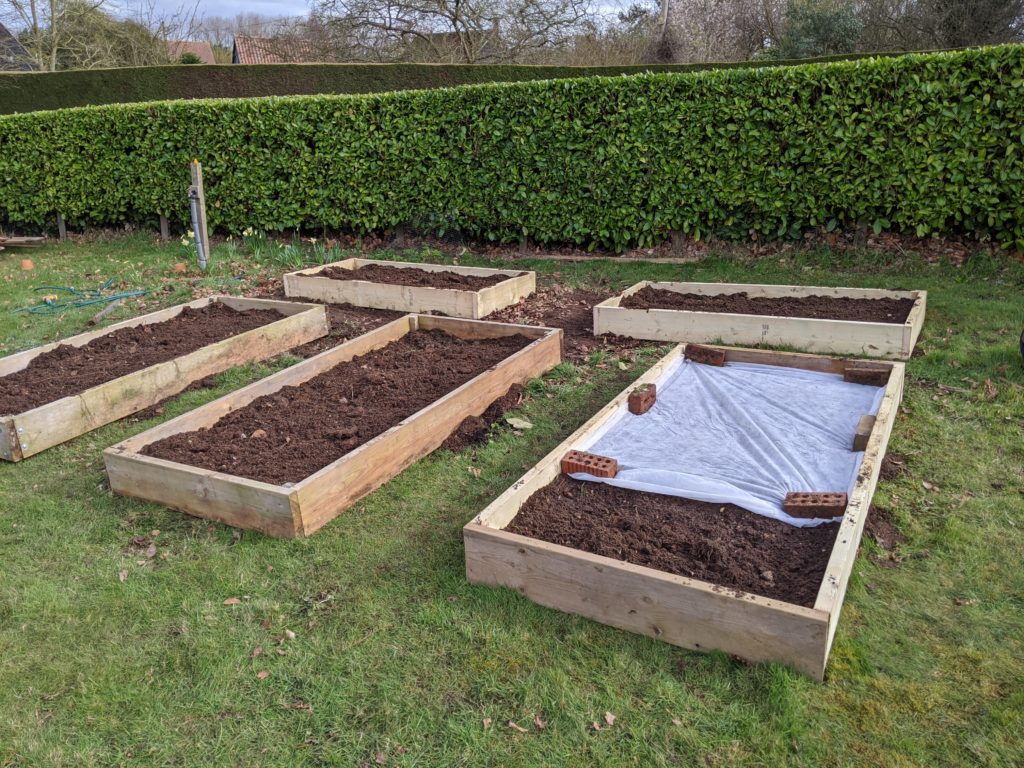
The two beds at the back are 2m x 1m while the three at the front are roughly 2.5m x 1.25m and the gaps between the beds are roughly 0.8m. The timber is pressure treated 9″ x 2″ from a builders yard. It came in 4.8m lengths so there was a bit of cutting down to do.
Thankfully when we moved in there was a huge long neglected pile of compost at the bottom of the garden. There was more than enough to fill the beds with 15-20cm of compost. I’ve recently been binge watching Charles Dowding on youtube who if you don’t know him is a market gardener who promotes the no dig method. As a result I didn’t dig over any of the grass on which the raised beds were placed. Fingers crossed the vegetable can grow well enough in the compost i’ve laid on top and the weeds/grass below is smothered and doesn’t grow through!
Eventually we plan fence the whole area in to help protect the veg from rabbits. When we do this i can envisage laying some anti weed membrane down between the beds and sourcing some bark chippings on the paths between the beds. However that can wait for a few more weeks (at least!) as we’re planning to get a greenhouse installed just to the left of the beds now that spring is around the corner.
